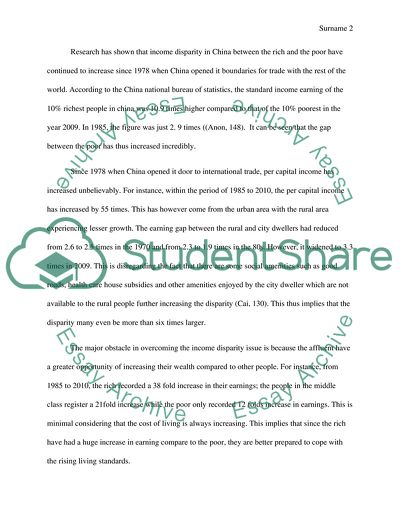Cite this document
(The Extent of the Income Disparity in China between the Rich and the P Term Paper, n.d.)
The Extent of the Income Disparity in China between the Rich and the P Term Paper. Retrieved from https://studentshare.org/macro-microeconomics/1609781-the-income-gap-between-the-rich-and-the-poor-in-china
The Extent of the Income Disparity in China between the Rich and the P Term Paper. Retrieved from https://studentshare.org/macro-microeconomics/1609781-the-income-gap-between-the-rich-and-the-poor-in-china
(The Extent of the Income Disparity in China Between the Rich and the P Term Paper)
The Extent of the Income Disparity in China Between the Rich and the P Term Paper. https://studentshare.org/macro-microeconomics/1609781-the-income-gap-between-the-rich-and-the-poor-in-china.
The Extent of the Income Disparity in China Between the Rich and the P Term Paper. https://studentshare.org/macro-microeconomics/1609781-the-income-gap-between-the-rich-and-the-poor-in-china.
“The Extent of the Income Disparity in China Between the Rich and the P Term Paper”. https://studentshare.org/macro-microeconomics/1609781-the-income-gap-between-the-rich-and-the-poor-in-china.


